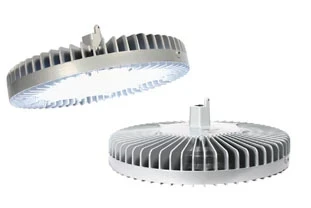Lighting Control Strategies

Strategies for reducing lighting use without compromising productivity
BY BRIAN DAUSKURDAS, Lutron Electronics
Industrial spaces such as warehouses and storage facilities, according to the U.S. Energy Information Administration (EIA), make up 12 percent of all commercial buildings, and lighting typically accounts for an average of 37 percent of the building’s electricity use. To reduce operating costs without sacrificing light quality or diminishing worker productivity, lighting control strategies can be combined to deliver efficient, high-performance results.
Occupancy sensing, high-end trim (or institutional tuning), and dimming can be used in virtually any industrial space to save energy. In spaces with large windows, daylight harvesting can be added to automatically adjust electric light levels when daylight provides enough ambient light for the tasks being performed, and scheduling is an effective strategy in spaces that are not operating round-the-clock. According to a researcher from Georgian College in Ontario, facilities can often realize lighting electricity savings of 60 percent by combining the appropriate lighting control strategies.
OCCUPANCY SENSORS
Occupancy sensors work to ensure that lights are not on—and wasting energy—when a space is vacant. Used in conjunction with digitally addressable dimming ballasts and high-end trim, sensors can be programmed to deliver occupied and unoccupied light levels as determined by the needs of the space. For example, when a space is vacant, lighting can automatically be dimmed to 20 percent and return to 80 percent as soon as the space becomes occupied. This strategy can help ensure uniform, comfortable lighting throughout the space with minimal energy waste.
Digitally addressable dimming ballasts can improve system flexibility. Maximum and minimum light levels can be programmed for occupied and unoccupied states, and because the control is digital, these levels can be adjusted if the space use changes. Lighting fixtures can be grouped to match the needs of the space, and regrouped or reassigned without additional wiring or expensive reprogramming.








